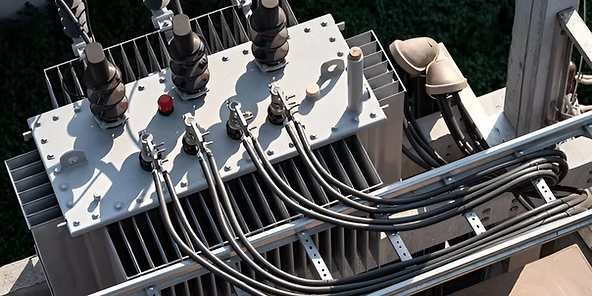Transformer repairs are often viewed as straightforward maintenance tasks—but in reality, they require a high level of expertise, proper tools, and adherence to strict safety and technical standards. Whether you’re repairing for continued use or preparing to sell old transformers, avoiding common mistakes can save time, money, and potential equipment failure.
In this guide, we’ll break down the most frequent errors made during transformer repairs and how to avoid them—especially if you’re working with aging equipment or preparing a transformer for resale.
Why Mistakes Matter When You Sell Old Transformers
Transformers that have been poorly repaired or tampered with lose significant value and reliability. If your goal is to sell old transformers, especially to reputable transformers buyers, you’ll want to ensure any maintenance or repair work enhances—not diminishes—the unit’s worth.
Poor repair practices can lead to:
- Electrical inefficiencies
- Accelerated wear and tear
- Potential safety risks
- Loss of resale value
Mistake #1: Inadequate Testing Before and After Repair
What Happens: Skipping key diagnostic tests like insulation resistance, winding resistance, or turns ratio verification leads to incomplete repairs and potential failure.
How to Avoid It: Always conduct a full suite of tests both before and after repairs. If you’re preparing a unit to sell old transformers, work with certified professionals who can supply a complete test report.
Companies offering trusted transformer services can help confirm that your unit meets performance and safety benchmarks post-repair.
Mistake #2: Using the Wrong Materials
What Happens: Substituting original materials—like using lower-grade wire for rewinding or non-OEM bushings—can cause overheating, voltage imbalance, and reduced lifespan.
How to Avoid It: Only use compatible, high-grade materials for any replacement components. For example, a poorly rewound coil could void warranties or damage the unit further.
If you suspect material degradation, consider professional transformer rewinding rather than DIY fixes.
Mistake #3: Ignoring Core and Coil Issues
What Happens: Many repair jobs focus only on visible components like bushings or oil levels, ignoring critical internal faults in the core or coils.
How to Avoid It: During inspections, open the tank (if safe and required) to evaluate the magnetic core and coil windings. If you’re prepping a unit to sell old transformers, this is essential to reassure buyers of the unit’s structural health.
Mistake #4: Improper Oil Handling
What Happens: Transformer oil is often reused without filtration or replaced without testing. Contaminated oil leads to overheating and insulation breakdown.
How to Avoid It: Always test oil for moisture, acidity, and dielectric strength. Professionals working with used transformers routinely filter or replace oil to maintain operating integrity.
Mistake #5: Skipping Safety Protocols
What Happens: Failing to de-energize the unit, wear proper PPE, or observe lockout-tagout procedures can result in severe injury or equipment damage.
How to Avoid It: Follow all safety regulations during repairs. Whether you’re repairing for reuse or aiming to sell transformer units, safety must come first.
Working with a professional transformer company ensures both safety and repair quality are prioritized.
When to Repair vs. When to Sell Old Transformers
Sometimes, investing in repairs doesn’t make financial sense—especially for units over 20 years old or with multiple failures. In these cases, the smarter move is to sell old transformers for parts, recycling, or resale.
Companies specializing in surplus transformers can help you evaluate the best course of action and ensure environmentally responsible disposal or repurposing.
Final Thoughts
Transformer repairs require more than just technical skill—they demand precision, expertise, and a deep understanding of how each component affects overall performance. Avoiding these common repair mistakes not only extends transformer life but also enhances its resale value if you decide to sell old transformers.
By working with qualified professionals and adhering to best practices, you ensure safety, reliability, and maximum return on investment.
Would you like a free checklist to evaluate whether your transformer is ready for repair or resale?



